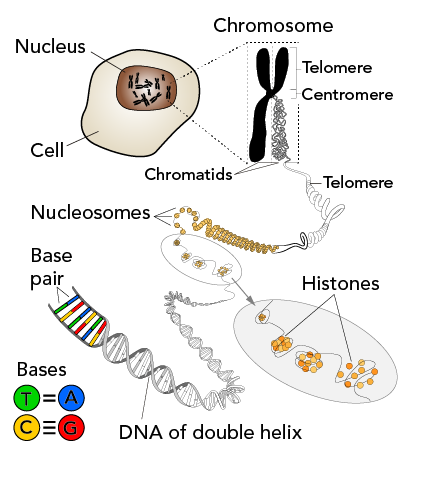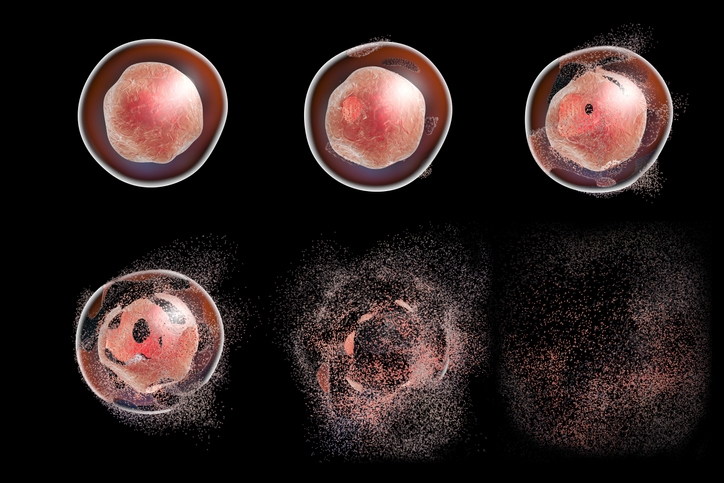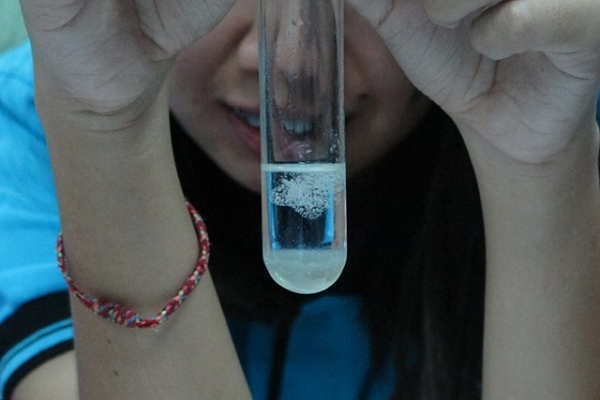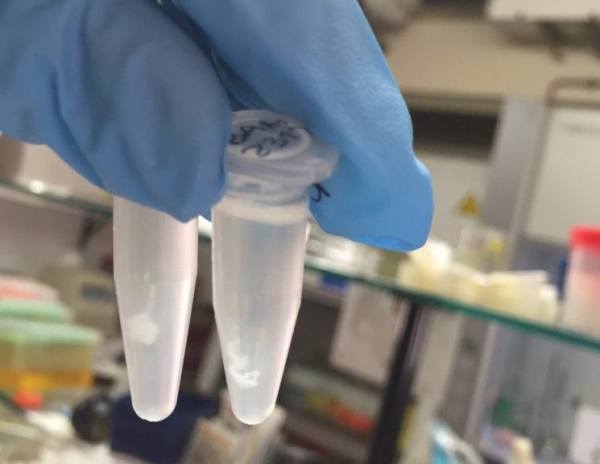DNA Extraction
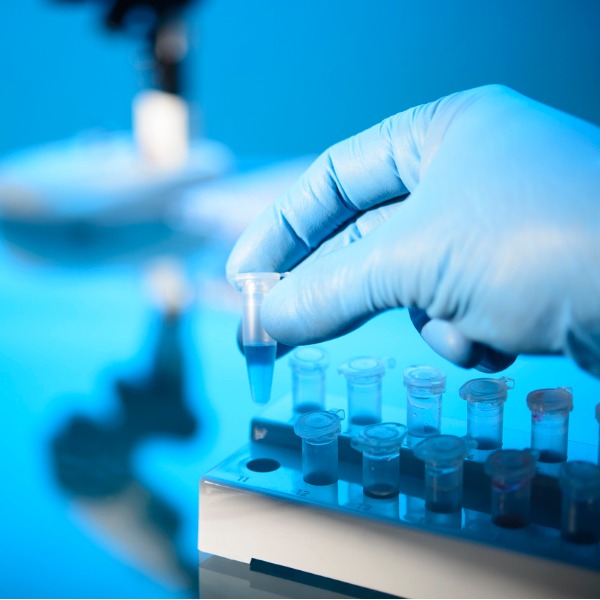
Test tubes in a laboratory (nicolas, iStockphoto

Test tubes in a laboratory (nicolas, iStockphoto
6.8
How does this align with my curriculum?
AB
10
Knowledge and Employability Science 10-4 (2006)
Unit C: Investigating Matter and Energy in Living Systems
NU
10
Knowledge and Employability Science 10-4 (2006)
Unit C: Investigating Matter and Energy in Living Systems
NT
10
Knowledge and Employability Science 10-4 (Alberta, 2006)
Unit C: Investigating Matter and Energy in Living Systems
NT
10
Science 14 (Alberta, 2003, Updated 2014)
Unit C: Investigating Matter and Energy in Living Systems
